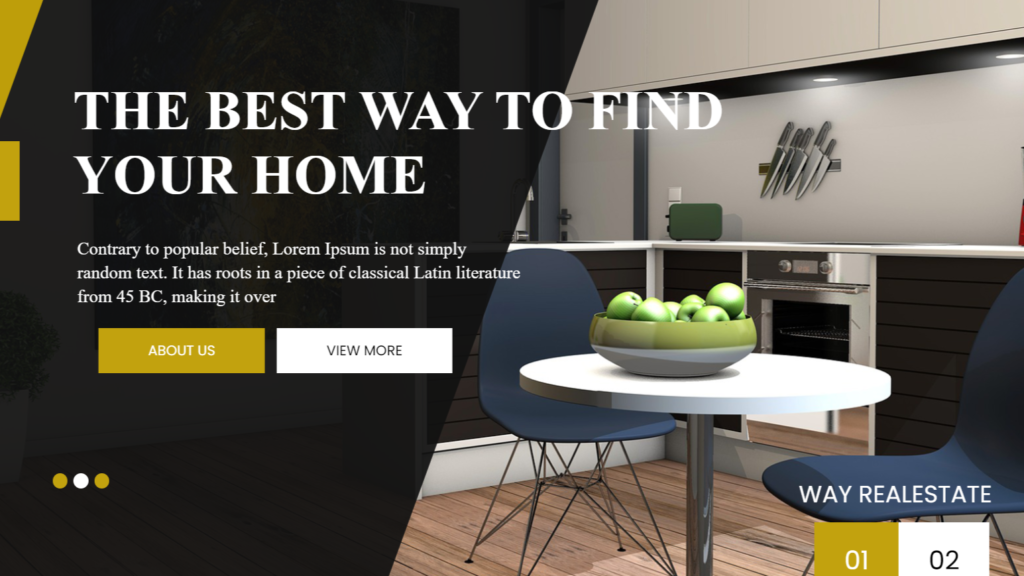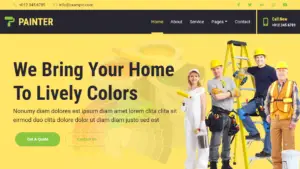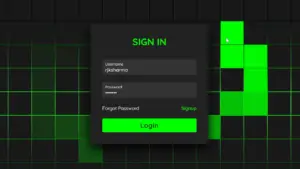
Complete Responsive Real-Estate Website Using HTML CSS And JavaScript

732 Downloads
Creating a complete responsive real-estate website using HTML, CSS, and JavaScript is an ambitious and rewarding project that combines design and development skills to produce a dynamic and user-friendly platform for property listings and real estate services. This project entails building a website that not only looks visually appealing but also functions seamlessly across various devices, ensuring an optimal user experience whether accessed from a desktop, tablet, or smartphone.
Features of our Free Template
HTML (Hypertext Markup Language)
HTML serves as the backbone of the website, providing the fundamental structure and content. It defines the layout of the web pages, including headings, paragraphs, images, forms, and navigation menus. For a real-estate website, HTML is used to create key sections such as:
- Homepage: This is the landing page that welcomes visitors and provides an overview of the website’s offerings. It typically includes a search bar for quick property searches, featured listings, and an introduction to the real estate agency.
- Property Listings: Detailed pages for individual properties, displaying essential information such as images, descriptions, prices, locations, and features. These pages are crucial for attracting potential buyers or renters.
- About Us: A section that provides information about the real estate agency, its mission, team members, and contact details.
- Contact Form: A form that allows visitors to reach out to the agency for inquiries or to schedule property viewings.
CSS (Cascading Style Sheets)
CSS is used to style the HTML elements, making the website visually appealing and enhancing the user experience. It controls the layout, colors, fonts, and overall look and feel of the website. For a responsive real-estate website, CSS ensures that the design adapts to different screen sizes and orientations. Key CSS techniques include:
- Responsive Design: Using media queries to adjust the layout based on the screen size. This ensures that the website looks good on desktops, tablets, and smartphones.
- Grid and Flexbox: Utilizing CSS grid and flexbox layouts to create flexible and responsive layouts. These tools help in arranging elements on the page in a way that is both aesthetically pleasing and functional.
- Animations and Transitions: Adding subtle animations and transitions to enhance the user experience, such as hover effects on buttons or smooth scrolling.
JavaScript
JavaScript adds interactivity and dynamic functionality to the website. It enables features that go beyond static content, making the website more engaging and user-friendly. Key JavaScript functionalities for a real-estate website include:
- Search Functionality: Implementing a search feature that allows users to filter properties based on criteria such as location, price range, and property type. This can be enhanced with real-time search suggestions and filters.
- Image Galleries and Sliders: Creating interactive image galleries and sliders for property images, allowing users to browse through photos easily.
- Form Validation: Ensuring that contact forms and other input fields are properly validated before submission, providing a better user experience and reducing errors.
- Map Integration: Integrating maps (e.g., Google Maps) to show property locations, nearby amenities, and directions. This feature is crucial for helping users visualize the property’s surroundings.
- Asynchronous Data Loading: Using AJAX (Asynchronous JavaScript and XML) to load data dynamically without refreshing the page. This can be used for features like infinite scrolling on property listings or loading more information on demand.
Recent Template


Make Animated Website Footer using Html & CSS
Creating an appealing and functional footer design for an animation-related website involves considering several elements that enhance the overall user



You may also like :)

Make Animated Website Footer using Html & CSS
Creating an appealing and functional footer design for an animation-related website involves considering several elements that enhance the overall user




